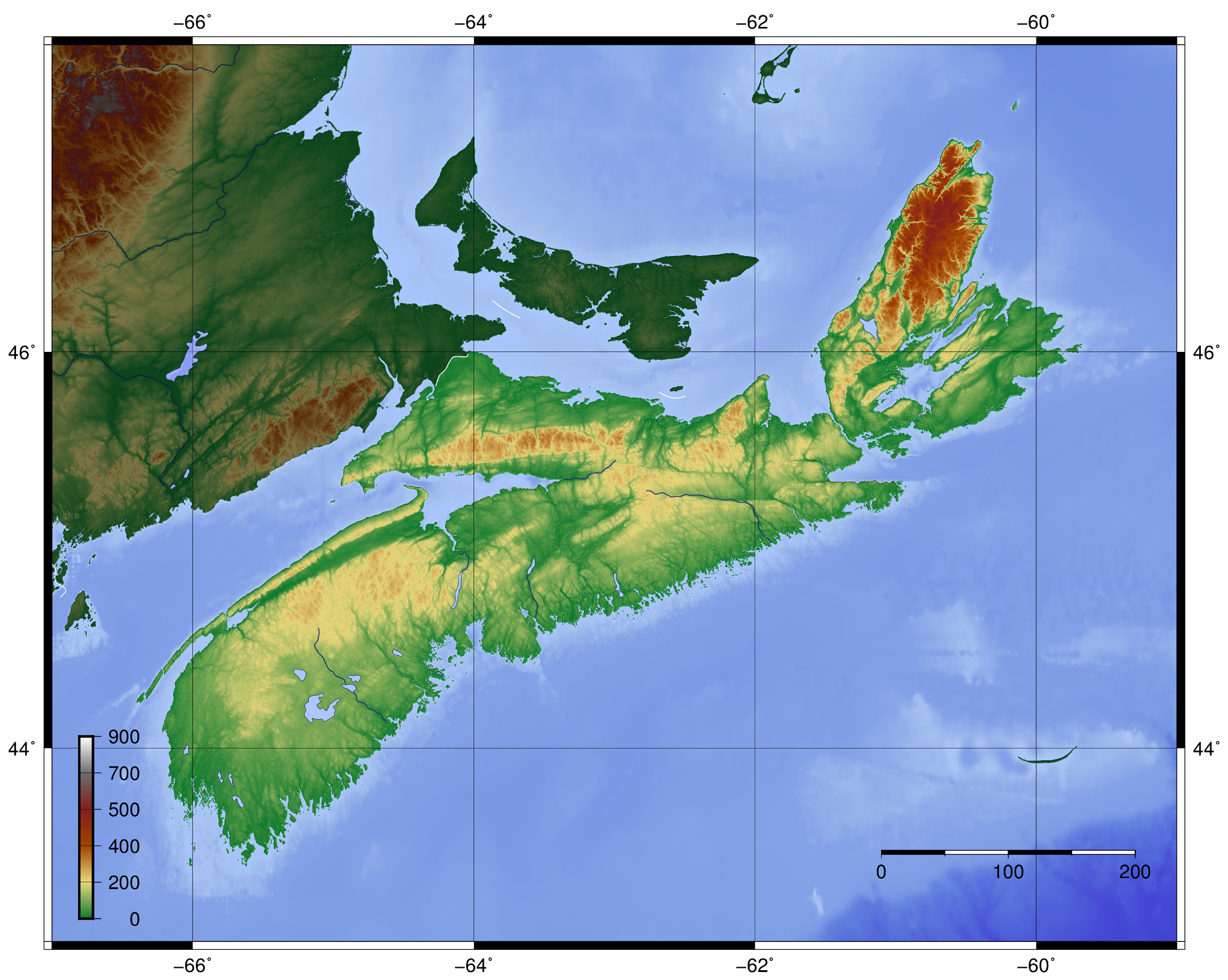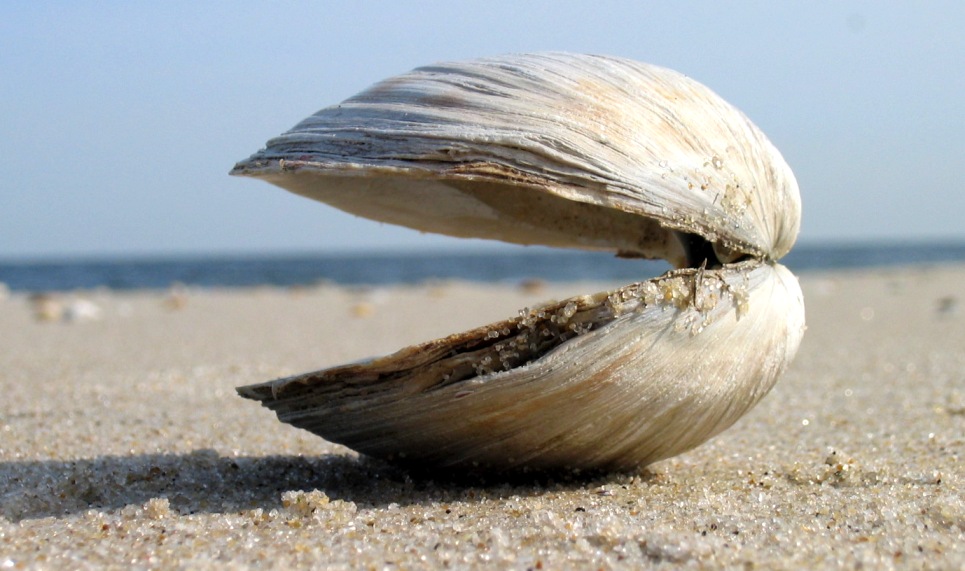|
Grosses Coques, Nova Scotia
Grosses Coques is the name of a village in Digby County, Nova Scotia. It is so named for the big clams found there. General Service Areas in Nova Scotia Communities in Digby County, Nova Scotia {{DigbyNS-geo-stub ... [...More Info...] [...Related Items...] OR: [Wikipedia] [Google] [Baidu] |
Nova Scotia
Nova Scotia ( ; ; ) is one of the thirteen provinces and territories of Canada. It is one of the three Maritime provinces and one of the four Atlantic provinces. Nova Scotia is Latin for "New Scotland". Most of the population are native English-speakers, and the province's population is 969,383 according to the 2021 Census. It is the most populous of Canada's Atlantic provinces. It is the country's second-most densely populated province and second-smallest province by area, both after Prince Edward Island. Its area of includes Cape Breton Island and 3,800 other coastal islands. The Nova Scotia peninsula is connected to the rest of North America by the Isthmus of Chignecto, on which the province's land border with New Brunswick is located. The province borders the Bay of Fundy and Gulf of Maine to the west and the Atlantic Ocean to the south and east, and is separated from Prince Edward Island and the island of Newfoundland (island), Newfoundland by the Northumberland Stra ... [...More Info...] [...Related Items...] OR: [Wikipedia] [Google] [Baidu] |
Digby County, Nova Scotia
Digby County is a county in the Canadian province of Nova Scotia. History It was named after the Township of Digby; this was named in honour of Rear Admiral Robert Digby, who dispatched HMS ''Atalanta'' to convey Loyalists from New York City in the spring of 1783 to Conway, which became known as Digby, as part of their evacuation and resettlement following the American Revolutionary War. The Crown resettled thousands of Loyalists in Nova Scotia and other areas of Canada. Digby County was established in 1837. Previously, from August 17, 1759, when Nova Scotia was first divided into counties, this area had been part of Annapolis County. In 1861, Digby County was divided into two sessional districts: Digby and Clare. These were eventually incorporated as district municipalities in 1879. In addition to these two district municipalities, the county contains the Town of Digby and part of the Bear River Indian (First Nations) reserve. Also, there is Digby Neck leading into the Bay ... [...More Info...] [...Related Items...] OR: [Wikipedia] [Google] [Baidu] |
Clam
Clam is a common name for several kinds of bivalve molluscs. The word is often applied only to those that are edible and live as infauna, spending most of their lives halfway buried in the sand of the seafloor or riverbeds. Clams have two shells of equal size connected by two adductor muscles and have a powerful burrowing foot. They live in both freshwater and marine environments; in salt water they prefer to burrow down into the mud and the turbidity of the water required varies with species and location; the greatest diversity of these is in North America. Clams in the culinary sense do not live attached to a substrate (whereas oysters and mussels do) and do not live near the bottom (whereas scallops do). In culinary usage, clams are commonly eaten marine bivalves, as in clam digging and the resulting soup, clam chowder. Many edible clams such as palourde clams are ovoid or triangular; however, razor clams have an elongated parallel-sided shell, suggesting an old-fa ... [...More Info...] [...Related Items...] OR: [Wikipedia] [Google] [Baidu] |
General Service Areas In Nova Scotia
A general officer is an officer of high rank in the armies, and in some nations' air forces, space forces, and marines or naval infantry. In some usages the term "general officer" refers to a rank above colonel."general, adj. and n.". OED Online. March 2021. Oxford University Press. https://www.oed.com/view/Entry/77489?rskey=dCKrg4&result=1 (accessed May 11, 2021) The term ''general'' is used in two ways: as the generic title for all grades of general officer and as a specific rank. It originates in the 16th century, as a shortening of ''captain general'', which rank was taken from Middle French ''capitaine général''. The adjective ''general'' had been affixed to officer designations since the late medieval period to indicate relative superiority or an extended jurisdiction. Today, the title of ''general'' is known in some countries as a four-star rank. However, different countries use different systems of stars or other insignia for senior ranks. It has a NATO rank scal ... [...More Info...] [...Related Items...] OR: [Wikipedia] [Google] [Baidu] |

